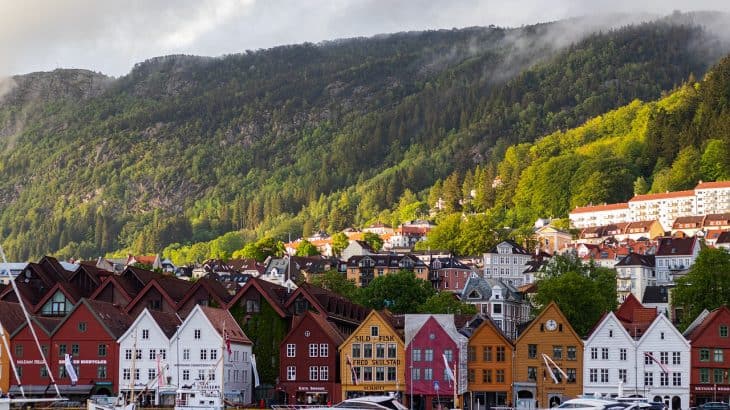
Norway is yet another country with scenic mountains and interesting culture. Still, there are many things that make this country shine above its neighboring countries. It’s called the Land of the Midnight Sun for a reason. Learn why and more in this list of Norway facts.
- The formal name for Norway is Kongeriket Norge, meaning ‘Kingdom of Norway.’
- Norway was once called Norweg, which means ‘Northern Way.’
- Norway is a country in the continent of Europe.
- People from Norway are called ‘Norwegian.’
- As of January 2020, Norway has a population of 5,403,542.
- Norway is one of three Scandinavian countries alongside Sweden and Denmark.
- Oslo stands as both the capital city and the political center of Norway.
- The currency used in Norway is the Norwegian Krone or NOK.
- Norway’s dialing code is 47.
- Norwegian sites have .no as the top-level internet domain.
- From a 1.36% increase from 2019, the Oslo population in 2020 is at 1,041,000.
- By 2017, Norway’s life expectancy is at 83.
- The national symbol of Norway is the lion.
- Universities and state colleges in Norway charge no tuition fees for international students.
- Norway ranked 2nd on the Prosperity Index in 2016, and then 1st in 2017
- Norway has a rounded literacy rate of 100%.
- Norwegian Thor Bjørklund invented the cheese slicer in 1925.
- Since 1946 Norway gifts the Trafalgar Square Christmas tree to London every year.
- Dublin, Ireland was founded by the Norwegians back in 836 A.D.
- UV lights would reveal an Aurora Borealis display on Norwegian passports.
Norway Facts Infographics

Norway ranks 68th in the largest countries in the world.
It covers a land area of 304,282 square kilometers and a water area of 19,520 square kilometers. In total, Norway covers a total area of 323,802 square kilometers.
Norway is widely known for its fjords.
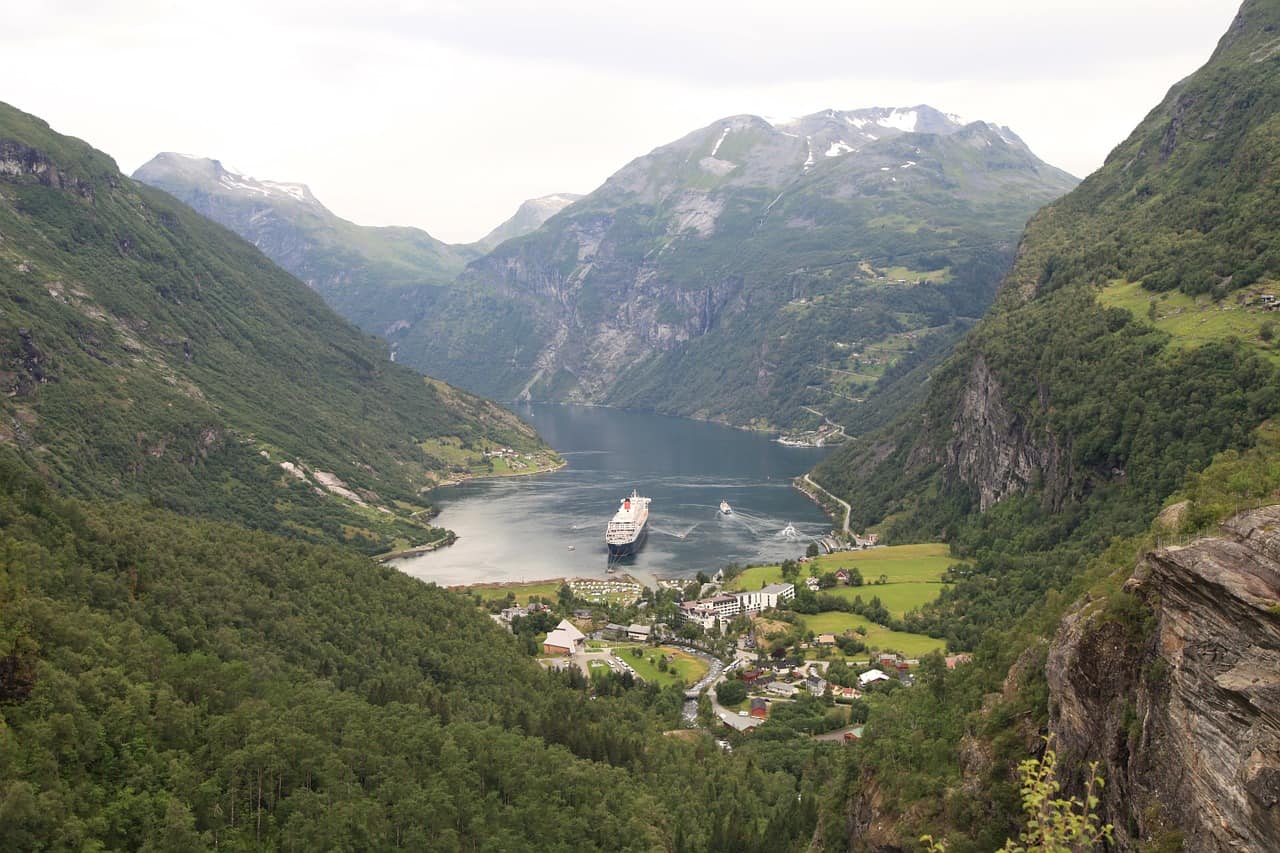
Formed by giant glaciers, a fjord is an elongated U-shaped sea or lake drain surrounded by steep land on three sides and a shallow opening on one. Other things that the country boasts of are the polar bears, reindeers, fish, whale meat, waffles, and the Vikings.
Norway has joint land borders with three countries.
On its east lies Finland, Sweden, and Russia. The Barents Sea flows on its north, the Norwegian Sea and the North Sea meet on its west, while the Skagerrak Strait sprawls down south.
Norway has an unofficial capital in the United States.
In Minnesota, numerous Norwegians reside more than anywhere else in the U.S.
Norway only has one active volcano.
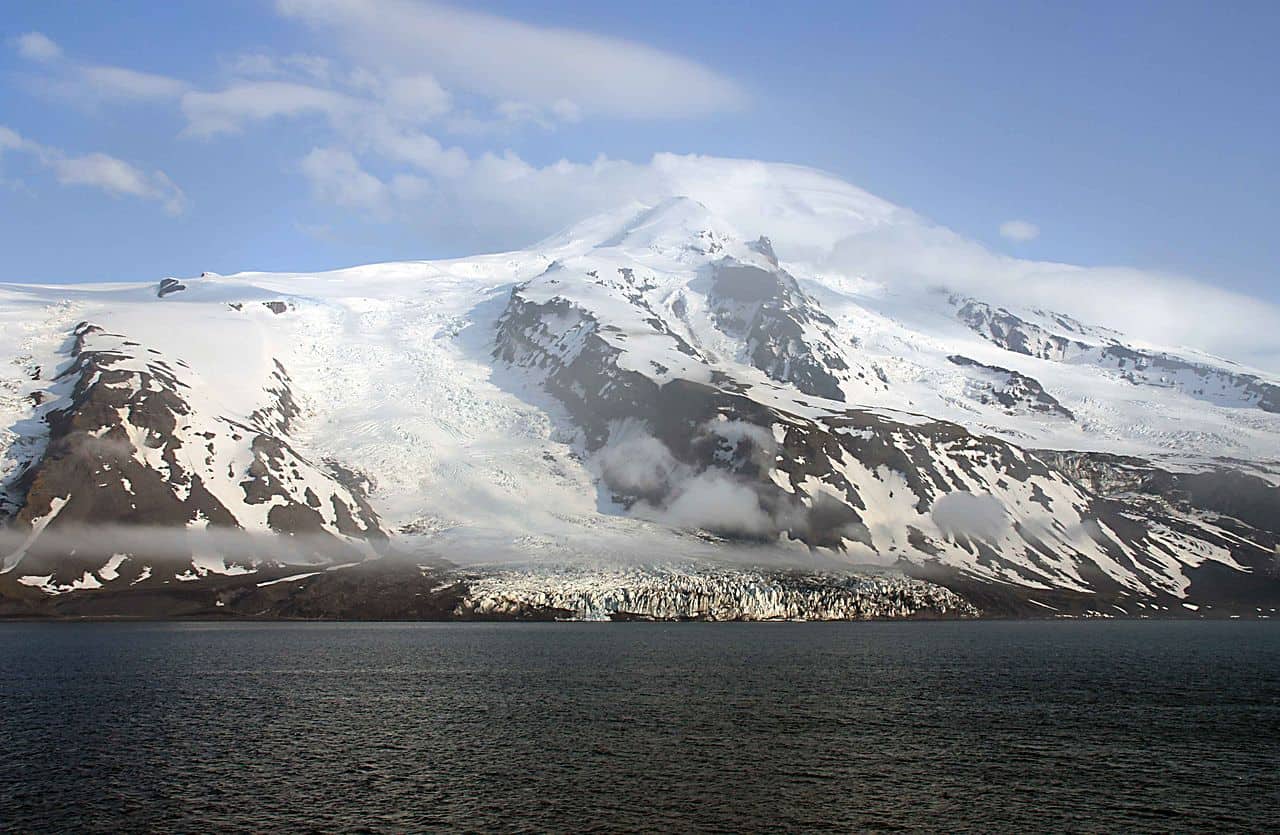
Beerenberg stands on Jan Mayen Island right in the Norwegian Sea. At 7,306 feet or 2,227 meters above sea level, Beerenberg is the northernmost volcano in the world.
The longest road tunnel in the world is in Norway.
Stretching at 15 miles or 24.5 kilometers, Lærdal Tunnel connects the towns of Lærdal and Aurland through Vestland County.
On average, it would take you 20 minutes to pass through the Lærdal Tunnel.
It supersedes the Gotthard Road Tunnel in Switzerland which is only 16.9 kilometers long.
The sunniest region in Norway is Grimstad.
It is also where playwright Henrik Ibsen lived. Among Ibsen’s most famous works are ‘Peer Gynt,’ ‘A Doll’s House,’ and ‘Ghosts’.
Norway has an aquarium with the greatest saltwater fish collection in all of Europe.
It is in Troldhaugen which is the composer Edvard Grieg’s home as well. Grieg composed music for Ibsen’s Peer Gynt, among others.
Norway boasts of the world’s longest ice-free fjord.
As the largest fjord in the country, Sognefjorden also ranks third-largest on the planet. It spreads up to 127 miles or 205 kilometers inward from the ocean.
Sognefjorden also holds the record for the deepest fjord in the world.
It runs a depth of 1308 meters. It is one of the 1,190 fjords in Norway-Svalbard islands.
Norway has the biggest mountain plateau in all of Europe.
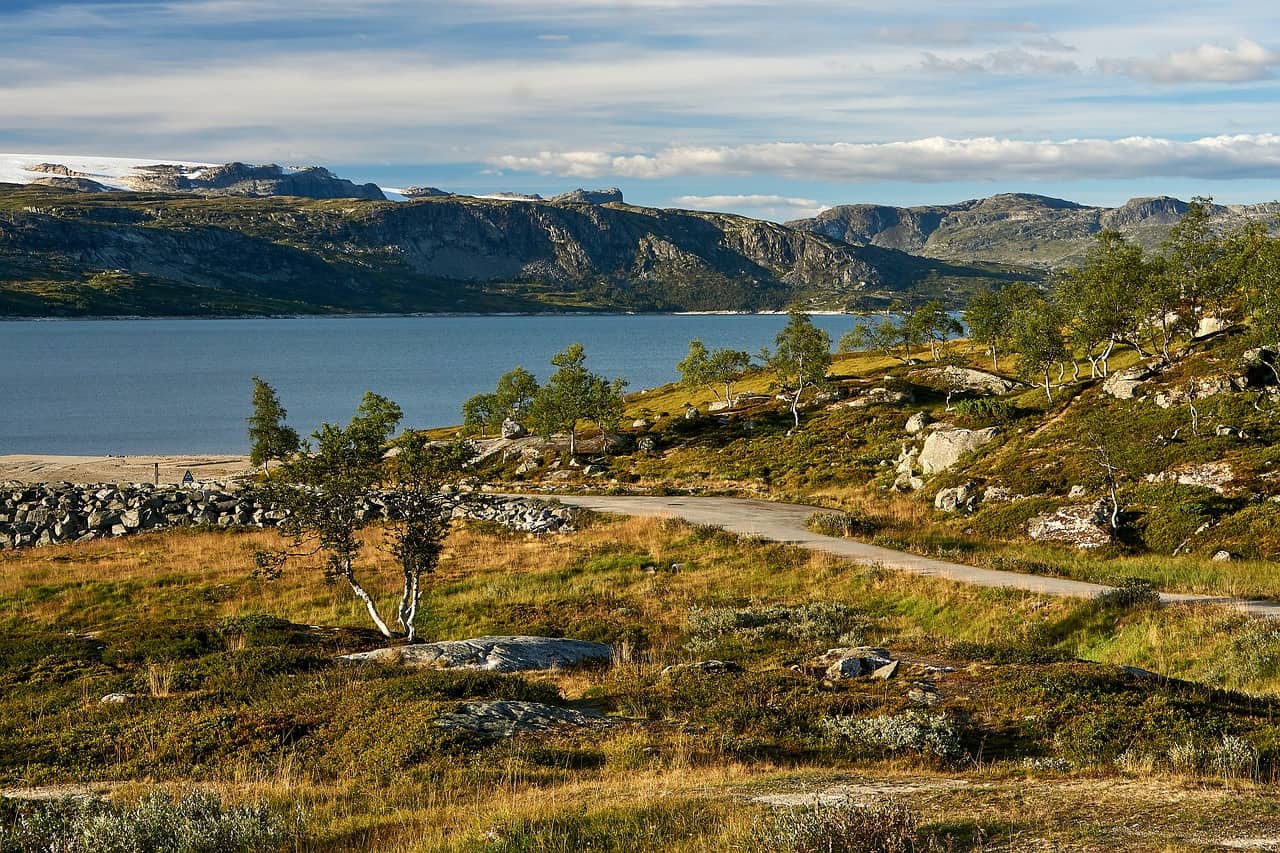
Aside from that, the Hardangervidda Plateau also shelters the largest wild reindeer herd in the whole continent.
Norway built Troll, a research station in Jutulsessen, Antarctica in 1990.
All year-round, the station serves as the base for the continuous monitoring in the atmosphere, environmental toxins, meteorology, radiation, and seismology. Every summer, Troll also caters to base-starting point operations for biological, geological, and glaciological fieldwork.
The most remote island on the planet is in Norwegian territory.
Although uninhabited, Bouvet Island has been under Norway’s administrative control since 1929.
Norway appointed Bouvet Island and adjoining territorial waters as a nature reserve in 1971.
Starting in 1977, the country also managed an automated meteorological station and operated studies on the hunting strategies and population of the penguins and seals on the island.
Norway boasts of the highest waterfalls in Europe.
Falling from a height of 860 meters, Vinnufossen is also the 6th tallest falls in the whole world.
Norway claims the deepest lake not just in the country, but in the continent as well.
Located in Central Norway, Hornindalsvatnet has a 53-meters above sea level surface and a 461-meter depth below sea level.
Norway is home to the biggest glacier in mainland Europe.
Jostedalsbreen stands at 487 square kilometers.
Norway has the deepest undersea tunnel in the world.
The Eiksund Tunnel reaches 287 meters or 942 feet below sea level. Located on the northwest coast of the country, the subsea tunnel has a length of 7776 meters.
In Norway’s Svalbard, bears outnumber the people residing in the region.
Its location is smack in between the North Pole and mainland Norway.
Two Norwegians regions do not get natural sunlight for about 6 months.
Resting deep within the valleys are Rjukan and Viganella. The mountains around them block the sun rays that the locals had to use giant mirrors that reflect the rays down on their villages.
Norway ranks 8th among the countries having the longest coastlines on earth.
It stretches up to 25,148 kilometers. To compare, Canada has the longest at 202,080 kilometers while Antarctica at 10th place is at 17,968 kilometers.
Hell is in Norway.
This interestingly named small town is home to over a thousand residents. Hell has its own train station and is just within walking distance from the international airport in Trondheim.
Norwegians indulge in a 4-week holiday every summer season.
During these times, the locals enjoy their free time by having rest and hunting fish.
The best time to visit Norway is from December to April.
Still, daylight varies in the country throughout the year.
Northern Norway never sees the sun during winter.
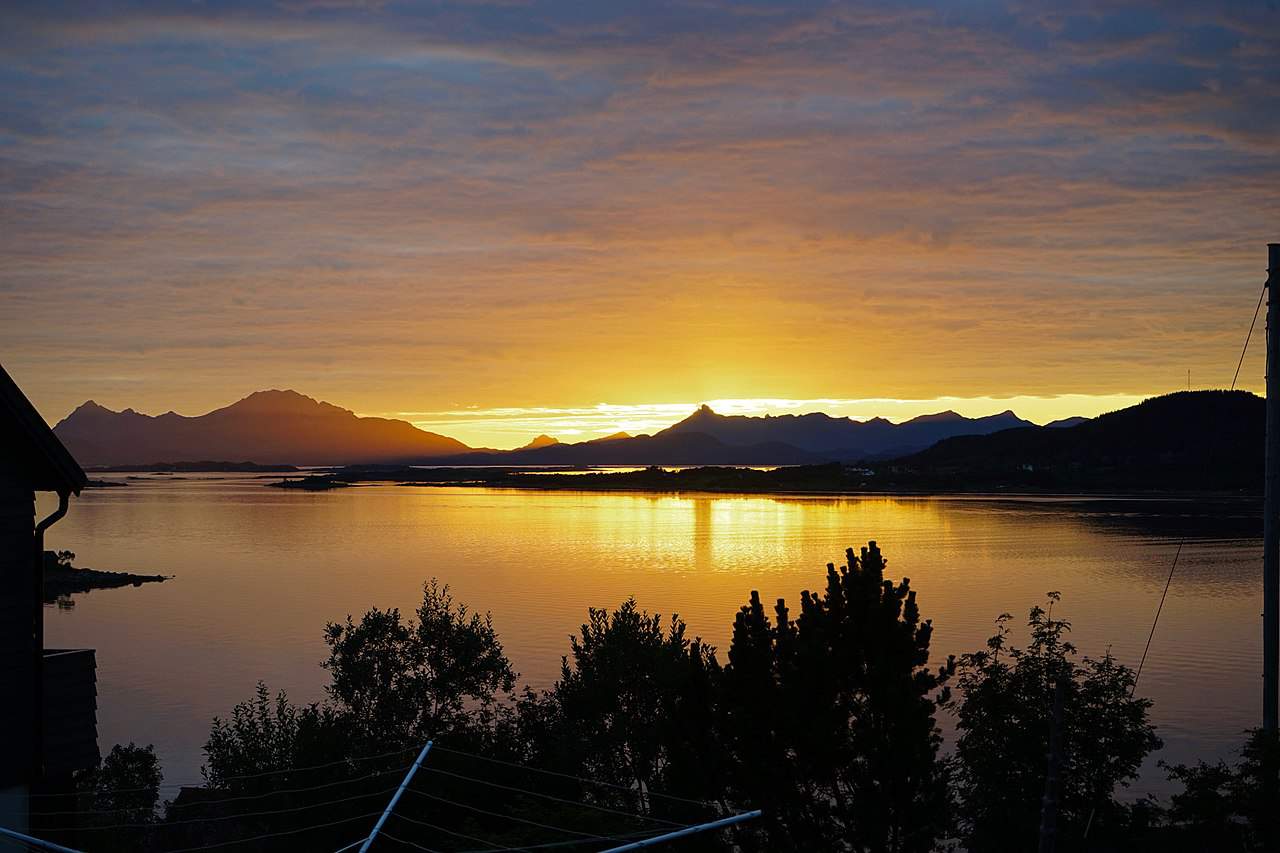
It means that they have polar nights for the season, giving the country the name ‘Land of the Midnight Sun. Likewise, the same region does not experience any sunsets in summer.
The first people in Norway arrived after 7,000 BC.
It was around the time when the last ice age ended and thus made the region habitable. Norway’s first inhabitants lived by fishing and hunting deer, elks, seals, whales.
Farming only came in Norway past 3,000 BC.
Back then, farmers used stone tools and weapons until they started utilizing bronze after 1,500 BC. It was around 200 A.D. when they began using runes, a form of writing.
Norwegian Vikings were notorious raiders back in the 9th century.
They set upon England, France, Ireland, and Scotland. Even Muslim-inhabited Spain was not safe then.
In addition to being raiders, the Norwegians were also settlers.
They occupied in west-Scotland isles called the Hebrides as well as in Orkney and Shetland islands. Other nations the Vikings took as homes were the Isle of Man amid England and Ireland.
Come the 9th century, Norway broke down into several kingdoms.
Unlike the other Scandinavian nations, Norway took longer to reunite its divided states. It was only by the end of the 9th century when Harold Fairhair ‘King of Norway’ got a hold of the west coast. Eric Bloodaxe followed his rule and then came Haakon I who failed in his attempt to convert the country into Christianity.
The first effective king to rule Norway was Olaf Haraldson.
From his rule in 995-1000, he brought Christianity in the coastal region. By 1015-1030, Olaf successfully carried his influence all the way to the inland areas.
St. Olaf became the Patron Saint of Norway.
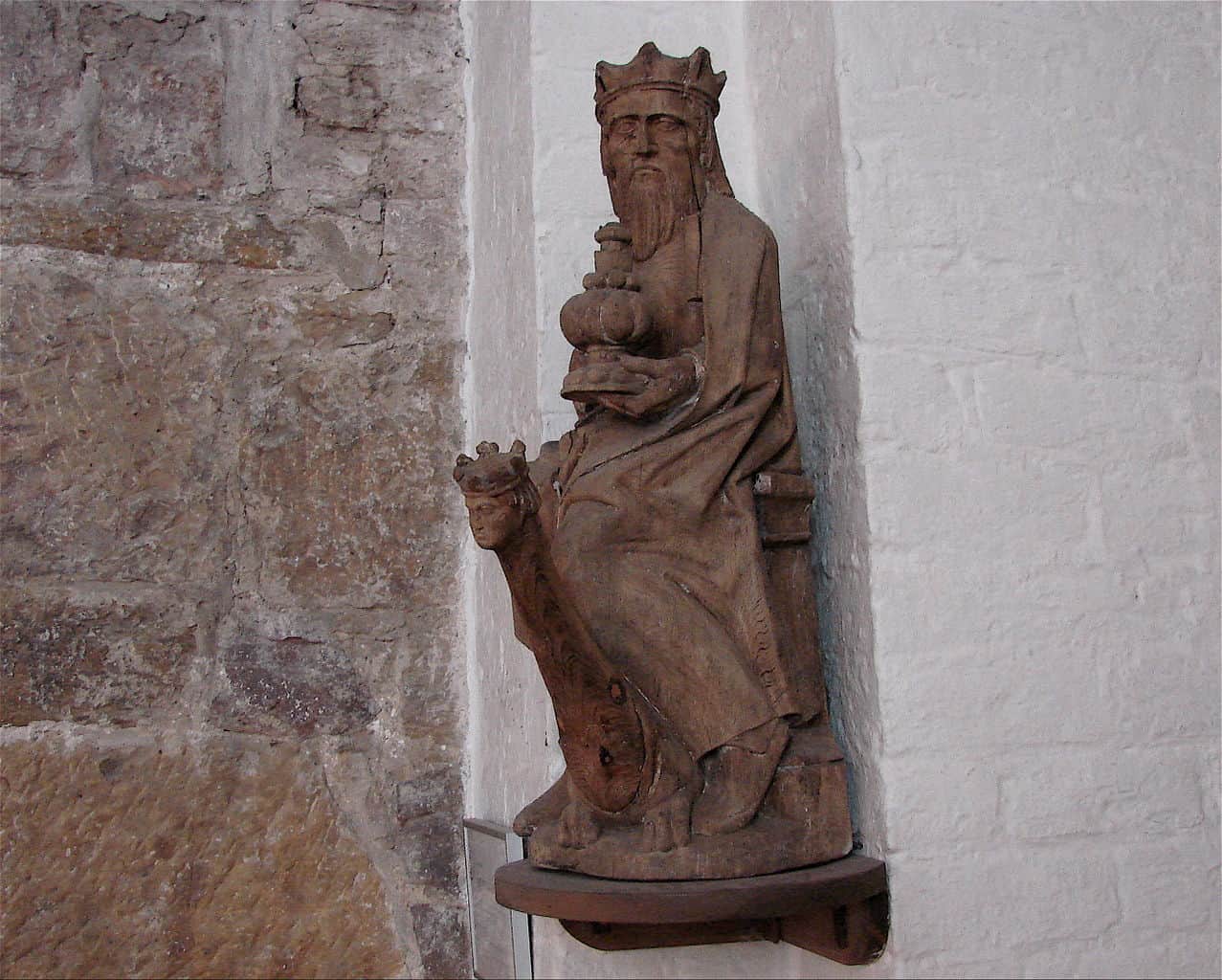
Sadly, an alliance of landowners and farmers killed King Olaf at the first major land battle in Norway, at Stiklestad. St. Olaf was canonized in 1035 AD while his remains lie in olden Nidaros, modern-day Trondheim.
In 1928, King Olaf V won a gold medal in sailing in the 1928 Olympics.
He was even an active sailor his entire life.
King Olaf was a devoted commuter.
He would always use public transport and even pay the ticket regardless of his position. These actions are in encouragement for his people to minimize pollution by using public transport instead of individual private vehicles.
In 1884, the Norwegians impeached their government.
They convicted those in position until the king himself was forced to subdue. Since then, Norway has become a parliamentary democracy. Locals except those under poor relief were given voting rights in 1898.
Norway was under Swedish rule until October 1905.
After their withdrawal, the country’s head of state became a question that was answered by a November 12-13, 1905 referendum. The Norwegians’ vote for monarchy made Prince Carl of Denmark King Haakon VII.
Norway opted for neutrality in World War I.
However, unrestricted German submarine warfare sunk half of the Norwegian fleet, killing around 2,000 of their sailors.
Norway was also neutral in World War II.
This time, the dealbreaker was the German invasion in April 1940, starting the inert country’s occupation for the duration of the war.
Being neutral did not save Norway from the destructive bomb attacks.
These World War II strikes destroyed Kirkenes, a Norwegian mining borough, more than any other region in Europe. It only comes second after Malta.
Despite its location, Norway is not an official member of the European Union.
They declared their choice in the November 1994 referendum.
The Viking age marked Norway’s great impact on Western civilization.
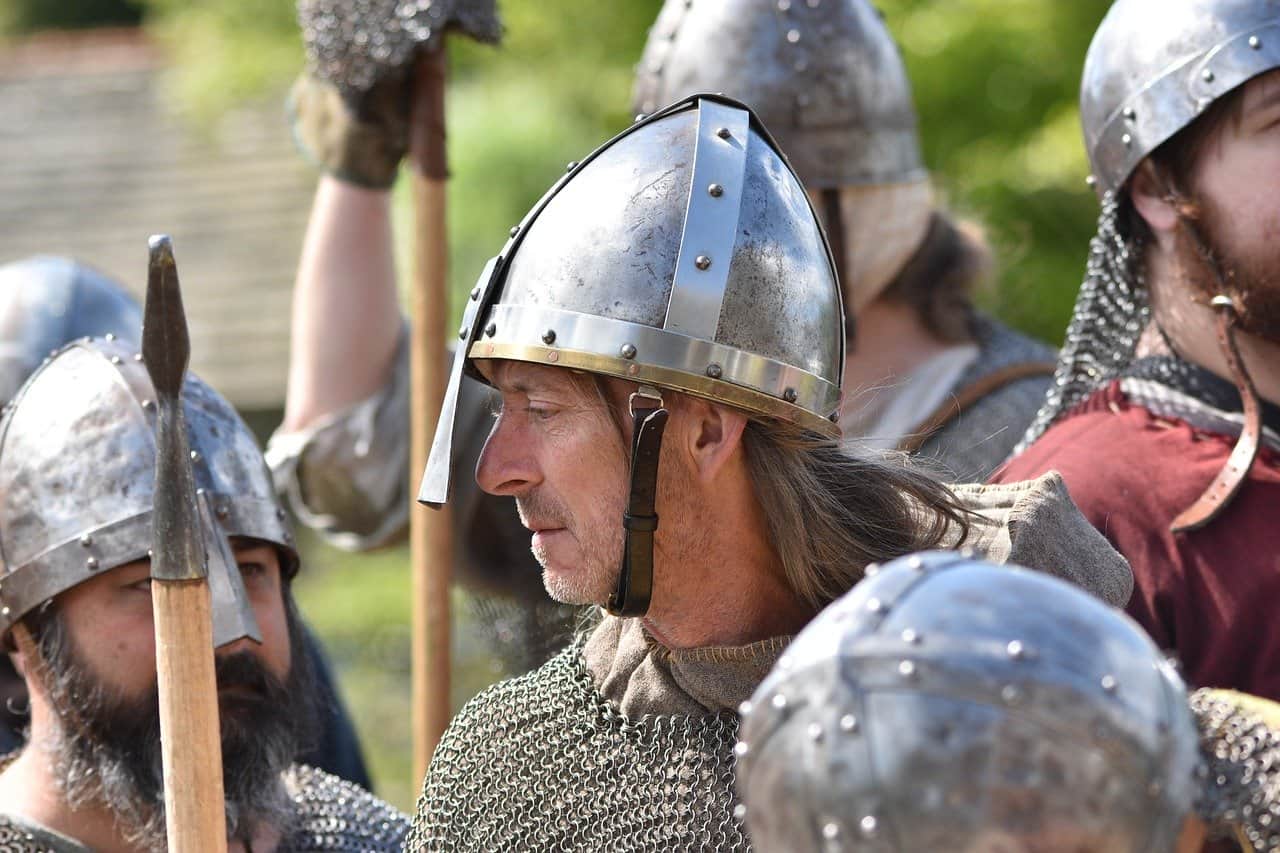
Usually, this period dates back when the Nordic pirates plundered England’s Lindisfarne Monastery in 793 AD.
Norway was among the founding countries of the United Nations back in 1945.
What’s more, is that a Norwegian served as the first Secretary-General of the union. Trygve Lie was a Norwegian Foreign Minister.
The first Norwegian emigration to the United States was in July 1825.
Aboard the Restauration ship is 52 crew and passengers. From Bergen Harbor in Norway, they reached New York in October 1825, eventually settling on the Lake Ontario shores.
Norway and Denmark was once a union from 1380 to 1418.
Not long after, Sweden replaced Denmark in the alliance with Norway from 1814 to 1905.
The flag of Norway is color red featuring a blue cross with a white outline extending to the flag’s ends.
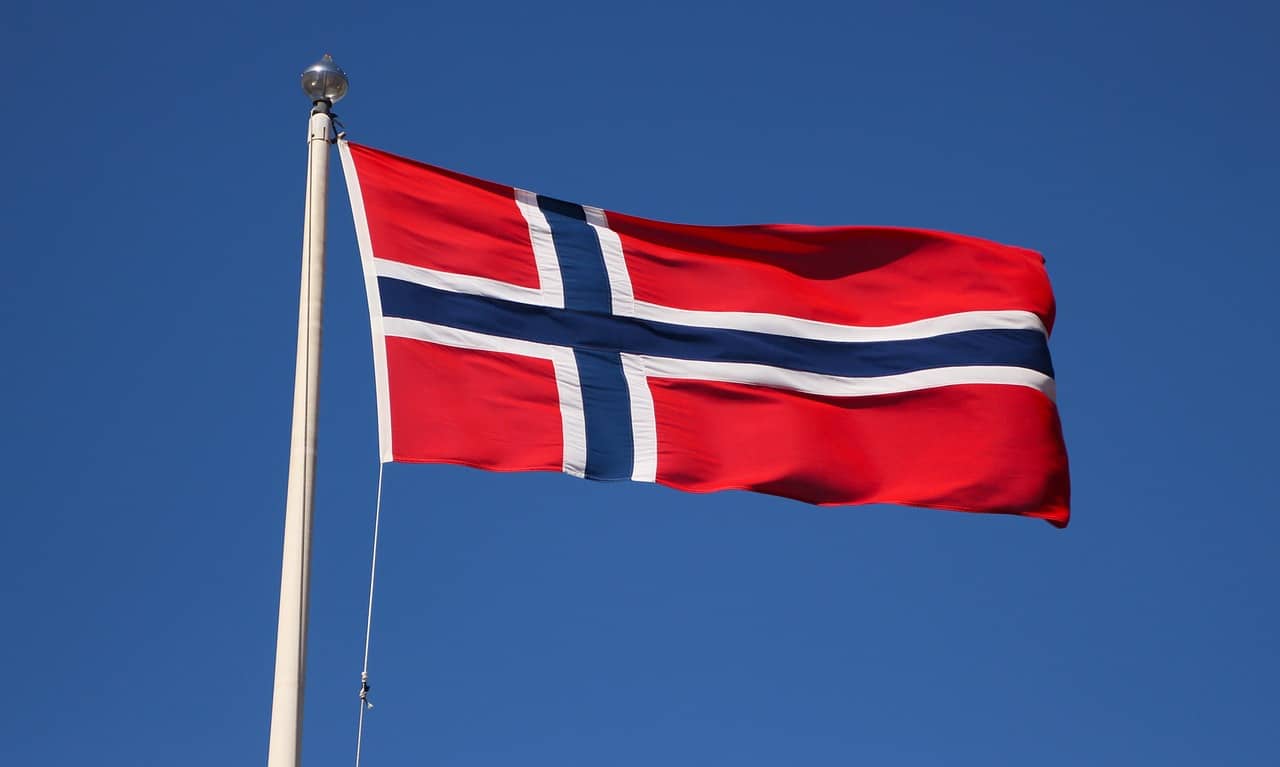
The hoist side holds the vertical part of the flag similar to the Dannebrog or the Danish flag. Meanwhile, the colors symbolize Norway’s preceding unions.
Red and white recalls Denmark while blue stands for Sweden.
Norwegian society used to be classified into 3 levels.
The bottom goes to the slaves who receive the toughest, most abhorrent work. On the second level are the freemen whose wealth status depends on the land they own. Lastly, the top-level goes to the nobles.
Norway’s government is a constitutional hereditary monarchy.
It composts of a Prime Minister, and the Council of State or ‘Statsråd’ which the monarch nominally chooses with Storting approval. The Storting or ‘Stortinget’ is the legislature of the country.
One of Norway’s two official languages is mainly a book language.
The Bokmål or Riksmål is an adaptation of the traditional Dano-Norwegian tongue. It was still a legacy of the Danish dominance days.
The other language is more of an Old Norse dialect basis.
The Landsmål or Nynorsk developed alongside the boom of Norwegian nationalism back in the 19th century. Still, Norwegians use Bokmål more generally.
The annual Nobel Prizes are awarded in Oslo every December 10.
This date specially commemorates the death of Alfred Nobel, the Swedish founder of the awards. Storting-appointed, the Norwegian Peace Prize Selection Committee is in charge of selecting a Peace Prize winner annually.
‘Allemannsretten’ is an important saying in Norway.
It means that everyone, man or woman, has the right to public access.
Norway was the first country on the planet to turn off FM radio.
The country made the digital switch in 2017. Still, this transition only concerns national radio channels as local stations remain in the FM broadcasting.
Norway was the first country to bestow paternity leave.
The parental benefit started in 1993. For the total benefit period in the case of a birth, the 100% coverage insures 49 weeks, while the 80% coverage insures 59 weeks.
Norwegian women were granted the right to vote in 1907.
Although it was only for local elections at first, they could eventually vote in the national elections starting 1913.
Around 1% of the total Norwegian population is comprised of the Sami.
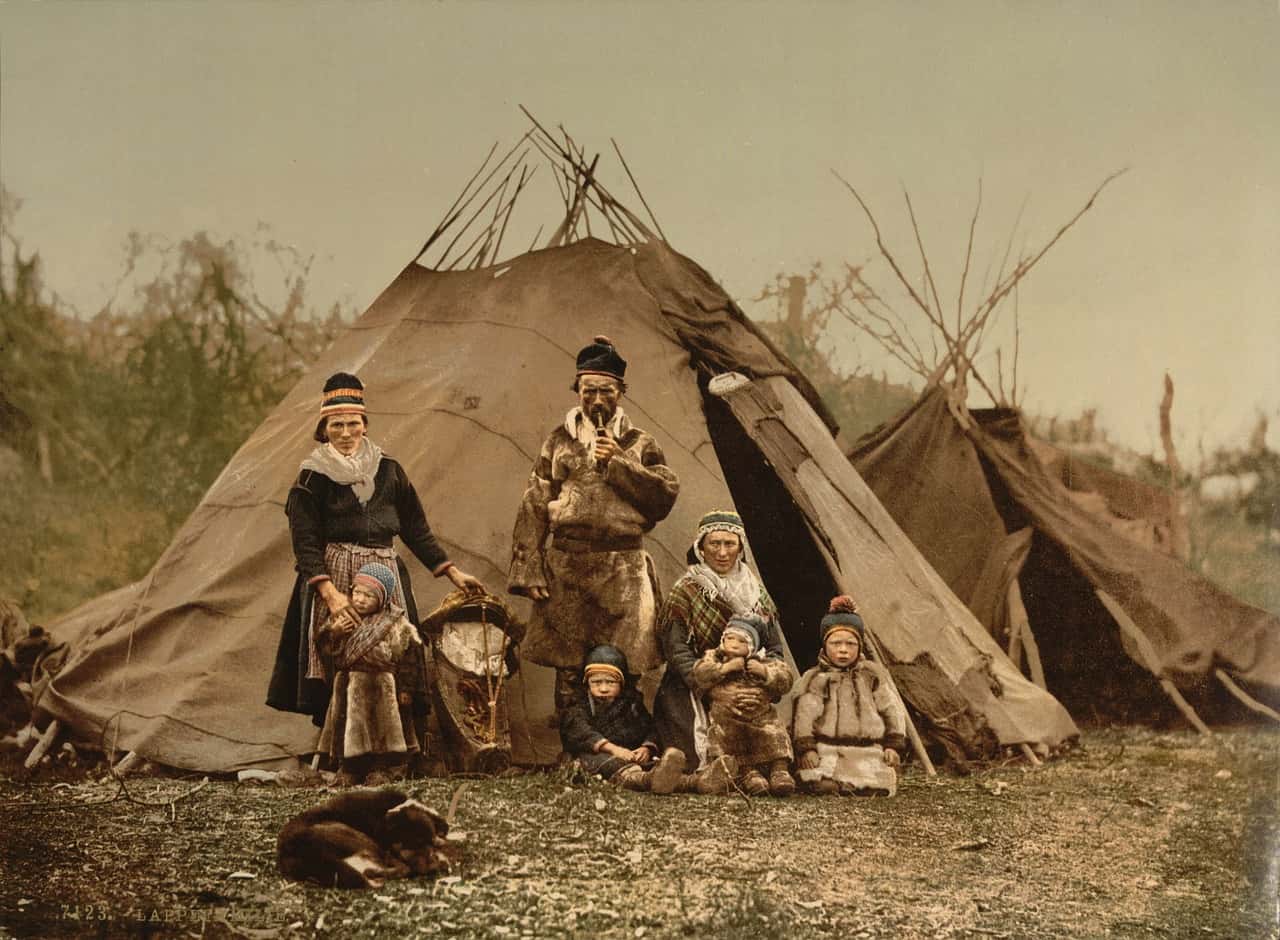
This ancient ethnic race has a distinctive language and culture, and half of its global population dwells in Norway. Only about 7% of them engage in herding reindeer.
A Norwegian man named Erik Rotheim invented the prototype of the modern-day aerosol spray can.
He earned the patent for his can-and-aerosol system invention in his country back in October 1926.
One of the famous Norwegians is Evard Grieg, a composer.
His inspiration was mainly Old Norwegian folk melodies, composing masterpieces like ‘Peer Gynt’ and ‘In the Hall of the Mountain King.’ What’s more, is that Grieg’s debut concert made history as the first to feature works of only Norwegian composers.
Edvard Munch, the prominent painter, is a Norwegian.
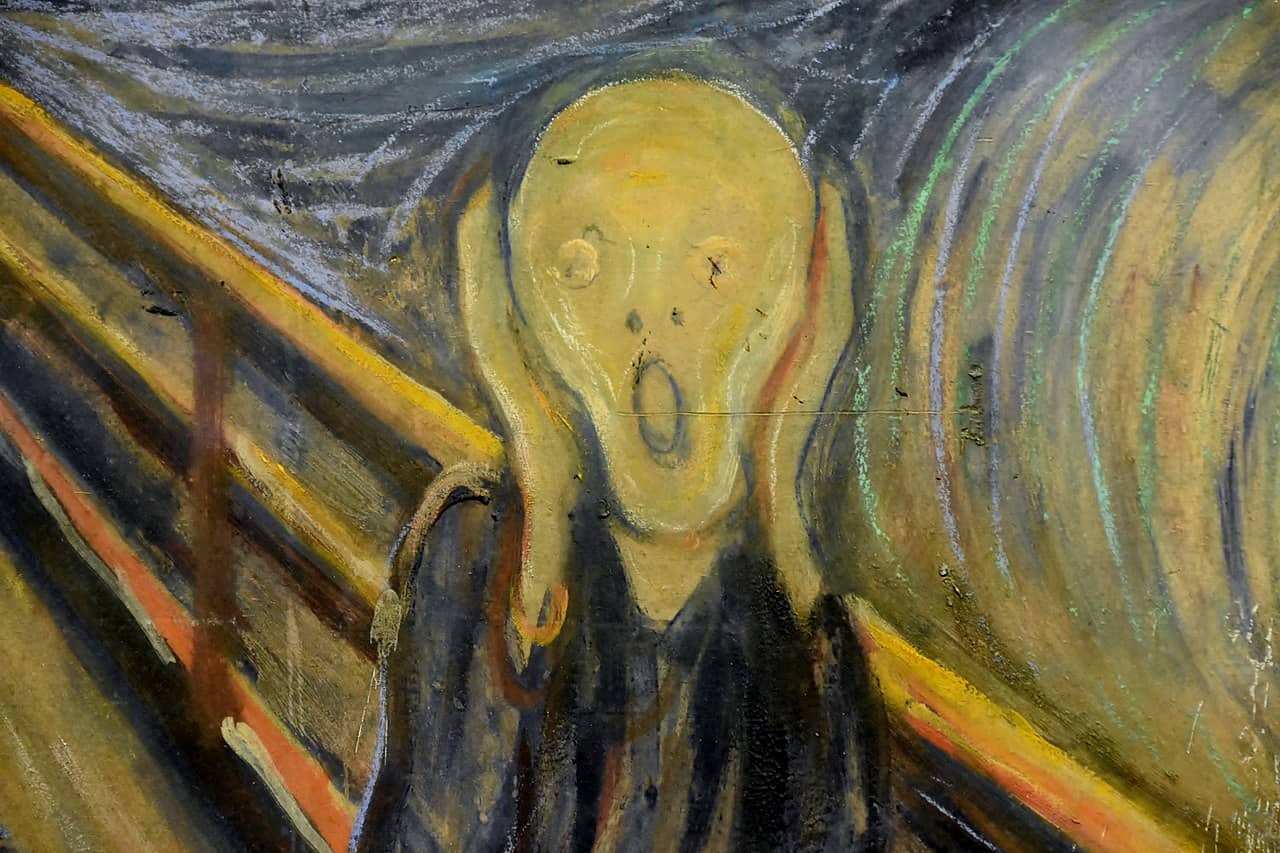
He was born in Ådalsbruk, Norway. Munch was famous even years after his death, especially due to his painting, The Scream.
Øystein Wiik is a recognized Norwegian actor and singer.
Among the most significant parts that he played was Les Misérables’ Jean Valjean in London, Munich, Oslo, and Vienna.
A-ha, a Norwegian band, wrote the title song for a James Bond film, 1988.
Formed in Oslo, the group’s focus is pop music, taking credit for ‘The Living Daylights’.
Despite his title of being the most famous Norwegian author, Henrik Ibsen did not win any Nobel Prize for Literature.
On the contrary, authors Bjørnstjerne Bjørnson, Knut Hamsun, and Sigrid Undset all had the opportunity to receive the award.
In 50 years, the first woman to receive the Royal Geographical Society in London Gold Medal was a Norwegian.
Monica Kristensen earned the prestigious award in 1986 in honor of her successful leadership in a South Pole expedition.
A Norwegian man became the first alone and unaided human to travel to the South Pole.
Erling Kagge made the trip in January 1993.
A Norwegian man tested his theory on the origin of the Polynesian people.
Thor Heyerdahl built a Peruvian log raft replica called ‘Kon-Tiki’ and filled it with Scandinavians. He set it off on a voyage for 97 days in an attempt to reenact how Americans who sailed west to the Pacific Islands became today’s Polynesians.
The first European to catch sight of the American continent was believed to be a Norwegian.
Bjarni Herjólfsson lost his way in his Iceland-Greenland sailing early in 986 AD. That was when his ancient saga ended up making history.
The winner of the 1922 Nobel Peace Prize was a Norwegian explorer.
Fridtjof Nansen started building his reputation in the First Crossing of Greenland in 1888. From east to west, his Greenland crossing was quite a hazardous one.
A Norwegian athlete was the only one who won both Alpine and Nordic skiing events.
Aside from winning the men’s ski-jumping event in 1932, Birger Ruud also aced the downhill racing event in the Winter Olympic Games, 1936.
A Norwegian woman made history by running a marathon in less than 2 and ½ hours.
The first woman to do so, Grete Waitz was born in Oslo, Norway.
Despite being born in Wales, renowned writer Roald Dahl was son to Norwegian parents.

Some of the children’s short stories that he wrote are ‘Charlie and the Chocolate Factory,’ ‘The BFG,’ and ‘James and the Giant Peach’.
People in Norway could only purchase alcoholic beverages from stores labeled ‘Vinmonopolet’.
Each city only has two, while the countryside has none.
The (unofficial) national dish of Norway is the Grandiosa Frozen Pizza.

As the most sold brand in the country, it also contributes to what Norway is known for. The estimated unit production of Grandiosa in the country is at 24 million annually.
The national drink of Norway is aquavit or ‘akevitt’.
This spirit is potato-based, with seasonings of either caraway seeds, cumin, dill, fennel, orange peel or star anise. Aquavit traces its origin in 1931 when Eske Bille’s whiskey was sent to Archbishop Olav Engelbrektsson. It was labeled aqua vitae, meaning water of life, a cure for all ills.
An aquavit brand has to be shipped to Australia for maturation then back to Norway.
Its name is Linke Akevitt, with the term ‘Linje’ specially inputted due to the aquavit’s travel across the equator.
The most famous chocolate factory in Norway is Freia.
It also served as the inspiration for Roald Dahl’s Charlie and the Chocolate Factory.
Freia chocolate was a significant part of the journey of the first man to reach the South Pole.

Roald Amundsen snacked on the chocolate for sustenance in his trip wherein he planted the Norwegian flag down south in 1911.
The most decorated Winter Olympian hails from Norway.
As a cross-country skier, Ole Einar Bjøerndalen has earned 13 Olympic medals. His country hosted the games twice, first in Oslo in 1952 and second in Lillehammer in 1988.
Norwegians join the list of the biggest consumers of coffee in the world.
However, it is important to note that the product was not generally accepted when it was introduced to the country around 280 years ago. It was only in the 1870s when the Norwegians fell in love with the drink.
Norway is the largest salmon exporter all over the world.
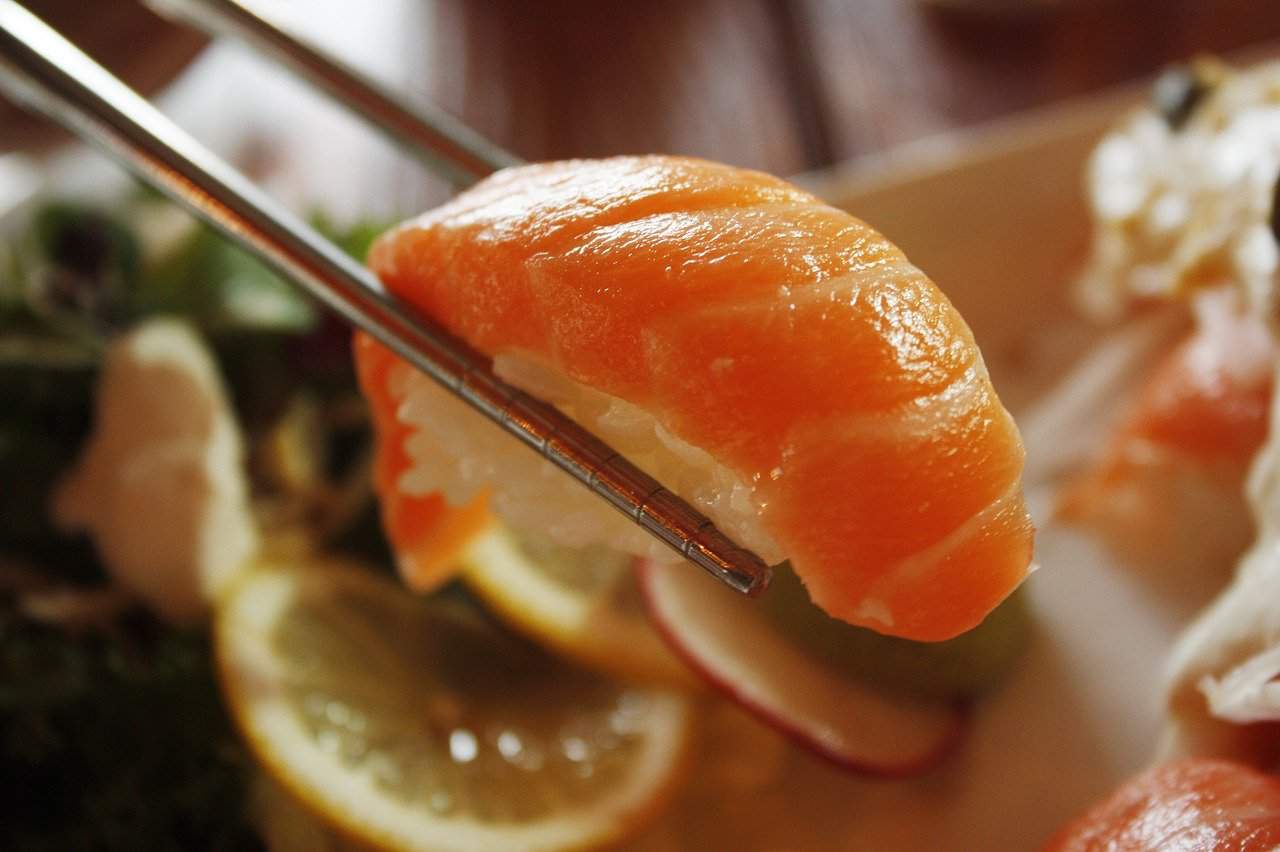
It was them who introduced the infamous salmon sushi to Japan back in the 80s.
Modern-day skiing originated in Telemark, Norway from the 19th century.
However, Nordland country ancient rock carvings prove that the Norwegians have skiing as early as 4,000 years back. Finmark in northern Norway preserves the oldest excavated ski at 2,300 years old.
Norway’s Holmenkollen Ski Festival is the oldest of its kind in the world.
Since its establishment in 1872, it has become among the most visited sites in Norway. Around 1 million people see it every year.
Norway holds the most number of Winter Olympic medals.
Starting in the first Games back in 1924, the country earned its edge among others with 332 medals to boast.
A book from the Old Norse Period remains to be a bestseller in Norway.
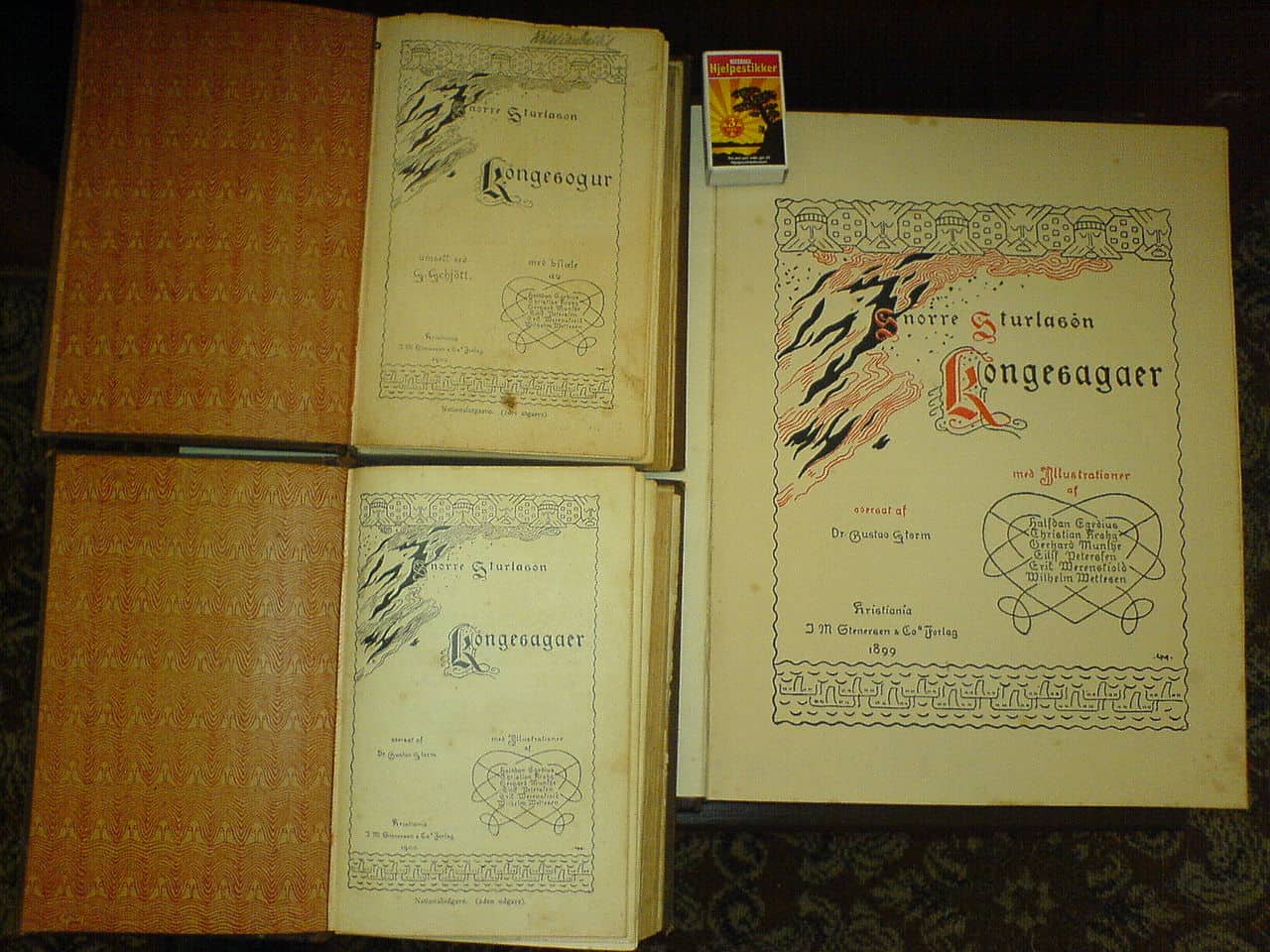
Heimskringla or The History of Kings by Snorre Sturluson dates back into 750-1,300 AD.
The Pathfinder or ‘Veiviseren’ earned a 1987 Academy Award nomination for Best Foreign Film.
The Nils Gaup film featured the Middle-Ages Sami folklore and even have it performed in the Sami language.
Norwegians are the biggest readers in the whole world.
On average, they spend 500 Kroner on books per year, which is equivalent to USD $76. Norway sees the publication of over 2,000 book titles annually.
The government purchases 1,000 copies of every book published in the country.
They distribute it to every library in Norway, granting the people free access to them.
Norway charges among the highest prices for gasoline on Earth.
The average is at USD $9.79 despite the country being one of the world’s biggest oil exporters.
The establishment of the Norwegian Postal Service dates back to 1647.
Meanwhile, the issuance of the first Norwegian stamp was not until 1855. Around 2,640 post office work in Norway, starting from the north in Ny-Ålesund across to the south in Lindesnes.
Norway is the leading country in the world’s seafood production.
However, it ranks second to China in being the largest exporter of the products. Other than seafood, Norway also has vast resources of freshwater, hydropower, lumber, mineral, natural gas, and oil.
The classical hypothesis presents that the Norwegian mountains are young in terms of geology.
At least, that is what could be assumed from the Norwegian mountain formation. Its rise from flat plains to its current elevation appears to have occurred only in the past 20 million years.
The flat tops of the Norwegian mountains are indicators that they used to be a sea-level plain.
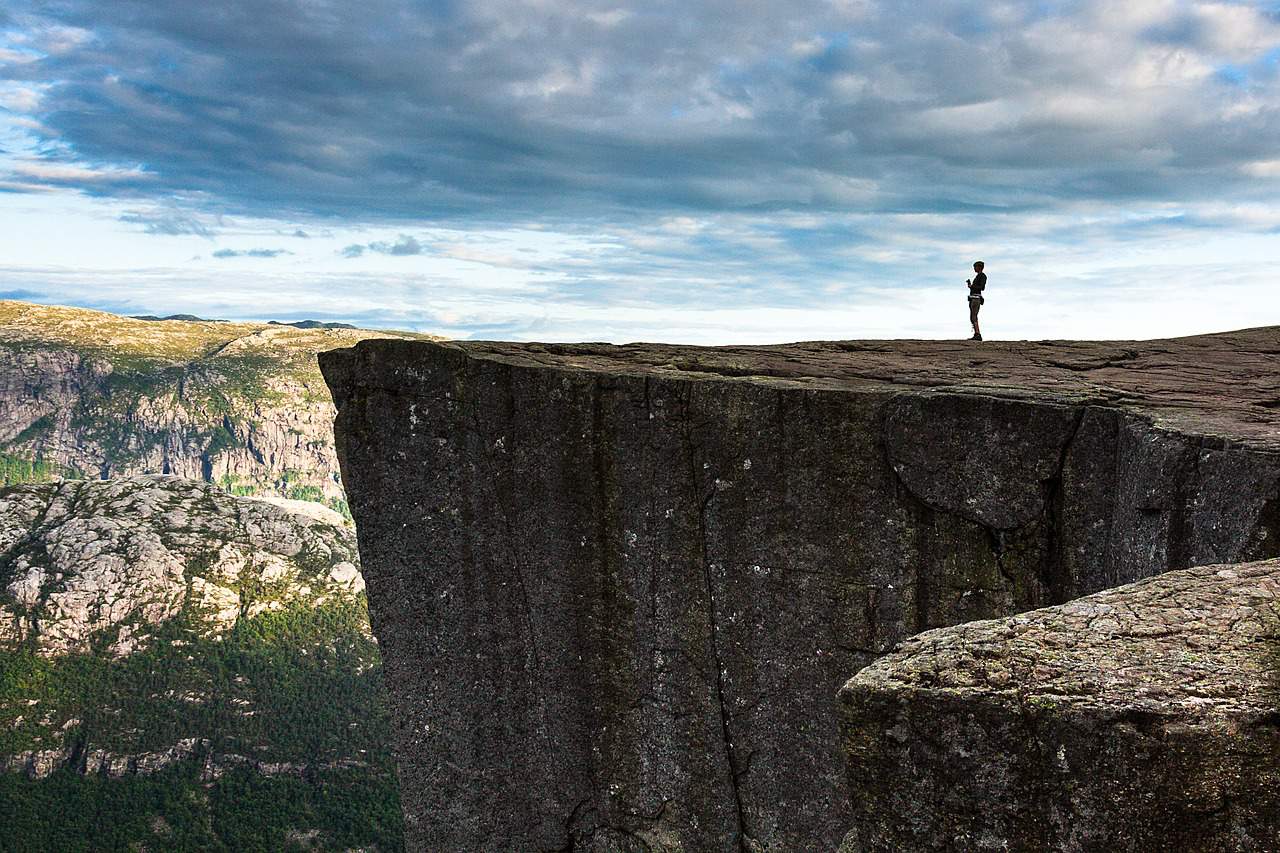
In Hans Henrik Reusch’s hypothesis proposal a hundred years ago, he attempted to explain why the Norwegian mountains have flat tops. This idea is what came out of the Norwegian geologist’s studies.
Almost 70% of Norway is uninhabited.
Over ⅔ of the country are mountainous regions boasting of around 300 mountain peaks above 2,000 meters.
Norway's Jotunheimen National Park is the ultimate 'Home of the Giants'.
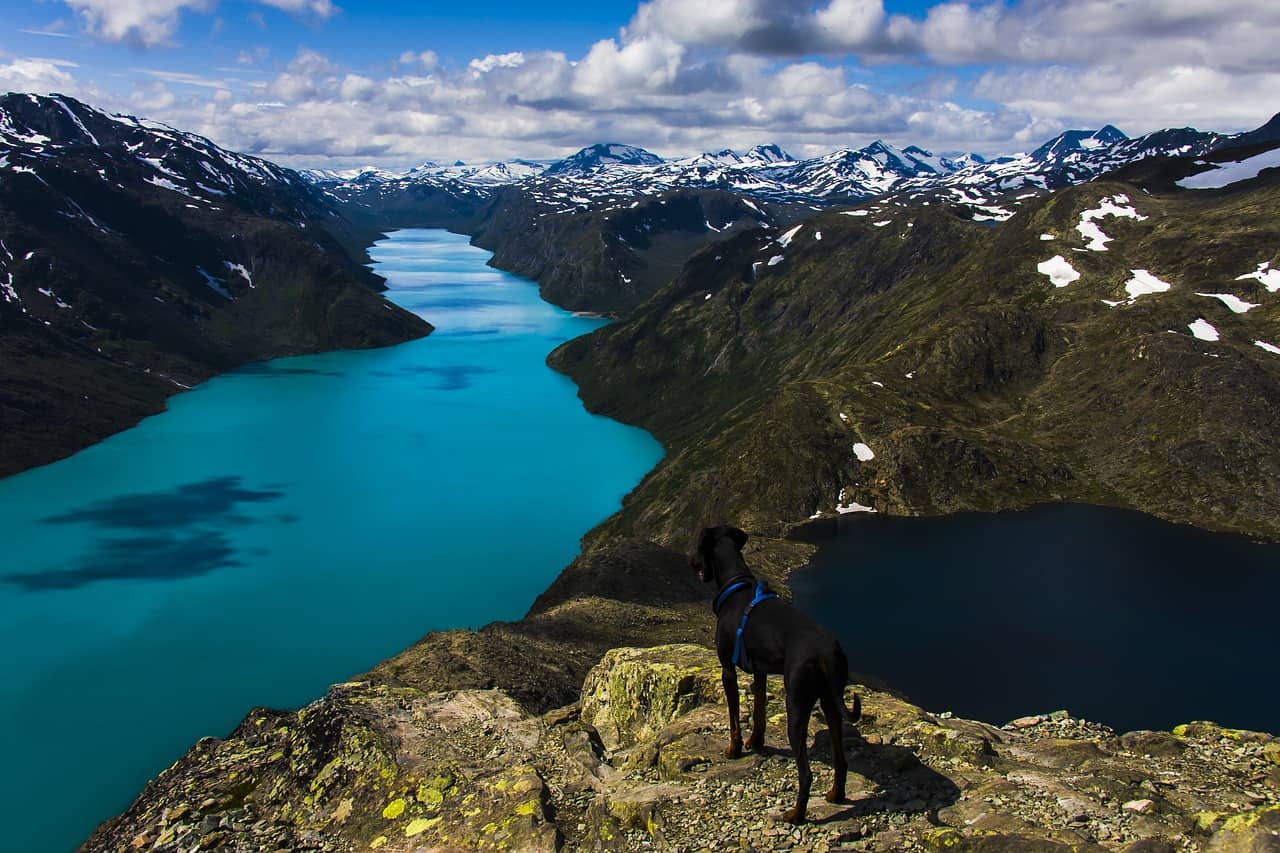
It is home to the country’s 2 tallest mountains. The Galdhøpiggen stands at a height of 2,469 meters while Glittertind ranks second at 2,464 meters above sea level.
Norwegian mountains are known for the bizarre rock formations sighted onsite.
For one, the Trolltunga has the shape of a troll’s tongue as featured in Norwegian folk tales. It also earned a place among the most ‘instagrammable’ destinations in Norway.
It will take 9 hours of hiking to reach the pyramid-shaped Slogen summit.
Another noteworthy mountain is the Sunnmøre peaks, or also known as Sunnmøre Alps. Located in Møre og Romsdal county, it rises to 1,700 meters high from Hjørundfjord.
The national animal of Norway is the elk.
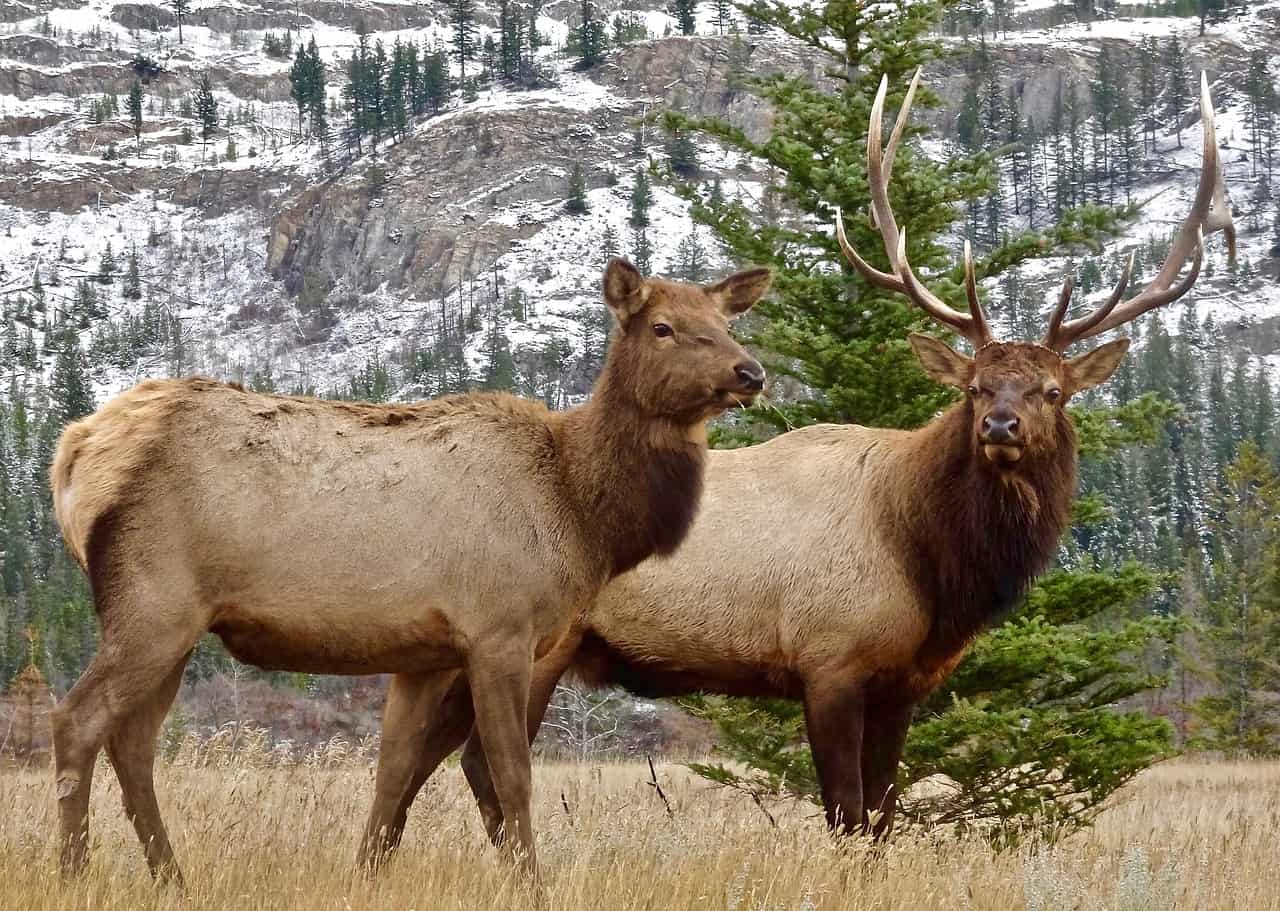
This species is among the largest of the deer family on the planet.
Peace in Norway is a global standard.
The 2013 Global Peace Index ranked Norway the 11th most peaceful country out of 162 in the world.
Norway is also one of the least corrupt countries in the world.
The 2015 Corruption Perceptions Index of Transparency International put the country on 5th place.
Norway is low on income inequality.
It shares the lowest ranks of this category with its ex-alliances Denmark and Sweden.
Norway was regarded as the happiest place in the world in 2017.
Following its tracks are Denmark, Iceland, and Switzerland.
Was this page helpful?
Our commitment to delivering trustworthy and engaging content is at the heart of what we do. Each fact on our site is contributed by real users like you, bringing a wealth of diverse insights and information. To ensure the highest standards of accuracy and reliability, our dedicated editors meticulously review each submission. This process guarantees that the facts we share are not only fascinating but also credible. Trust in our commitment to quality and authenticity as you explore and learn with us.
